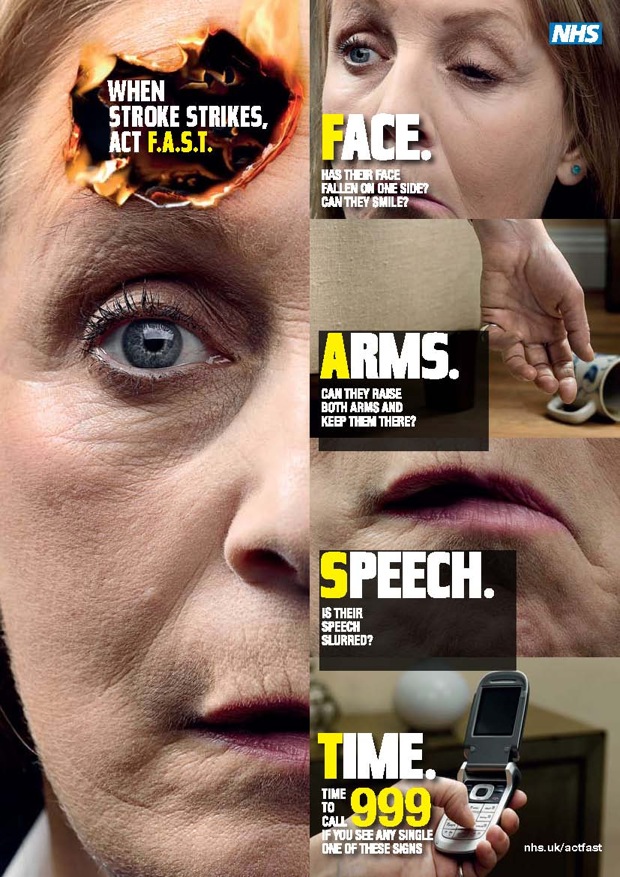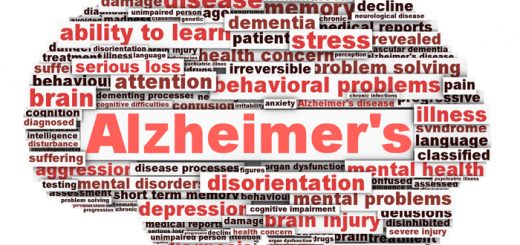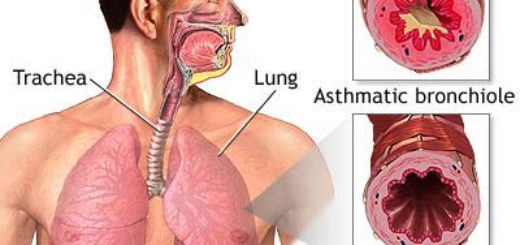The importance of “FAST Test” in case of stroke emergency
World Stroke Day – Observed on 29th October every year – is an annual reminder to think about those who are affected by stroke. This day reminds us that stroke is one of the leading causes of death in the world, but is often overlooked because stroke is perceived to affect only aged people. However, this is not the case. Stroke can affect anyone at any age and at anytime.
A stroke is a medical emergency that affects brain. It’s not a heart attack. A stroke happens when blood supply to the brain is suddenly interrupted. It destroys two million brain cells every minute. Strokes can be fatal while at times they cause permanent or temporary disability. There are certain symptoms that will help you recognize the stroke emergency situation and these are:
- Loss of vision/blurred vision or trouble seeing with eyes
- Weakness, numbness or paralysis
- Slurred speech or unable to speak at all
- Severe headache
- Dizziness
- Trouble walking or staying balanced
A more simple way to identify a stroke victim is the “FAST test.” This test is an easy way to remember the most common signs of stroke.
- F for Face: You should check his or her face. Does the patient’s face look lopsided, especially when they smile?
- A for Arms: You need to check whether they can lift his or her both arms or not.
- S for Speech: Does he or she is finding it very difficult to speak or say at all? Does his or her speech is blurred?
- T for Time: Time is very critical for stroke patients. Stroke victims require emergency medical treatment and your help, so call an emergency care center immediately.
First aid for a stroke patient
People often wonder how first aid will help stroke victims. The best first aid is getting an ambulance for a stroke victim. In addition, a bystander should also know about how to control external bleeding until it stops or an emergency medical services (EMS) team arrives.
The longer a stroke remains untreated, the greater is the chance of brain damage due to stroke. When stroke victims are given emergency medical treatment soon after symptoms, then the chance of successful rehabilitation increases. So, always remember, “The faster you act the more is the chance of survival for a stroke victim.”
If you know what actions are required to be taken to control a stroke emergency, then it can make a difference between life and death for a victim.
First aid training may help you to respond quickly and effectively when faced with an emergency situation. Develop your mental and physical skills for coping with stroke emergencies by attending first aid classes in San Francisco Bay area or contact a first aid training provider in your area now.







good info
I’m glad I found this information whether I pass or fail the test. Thanks!